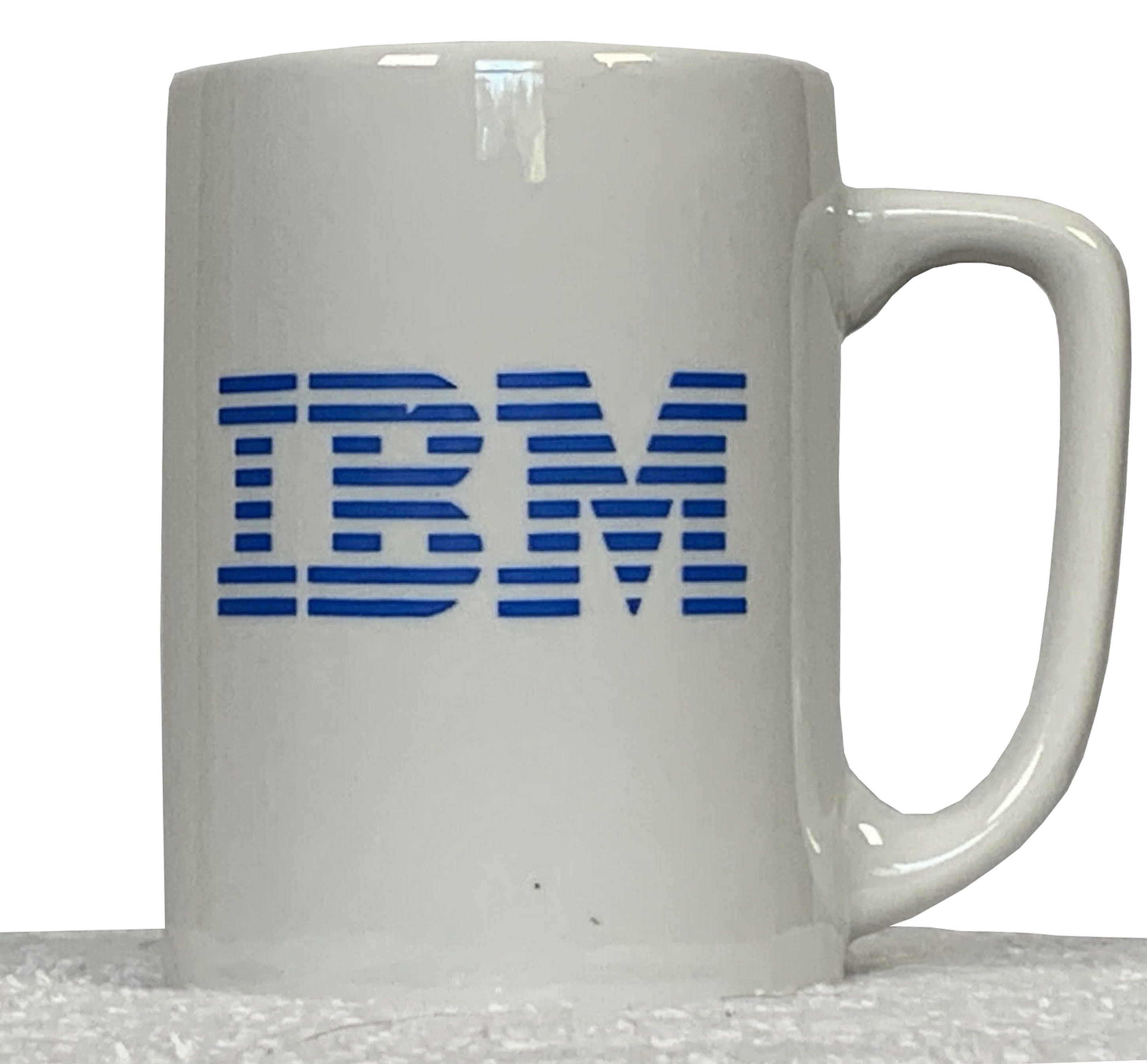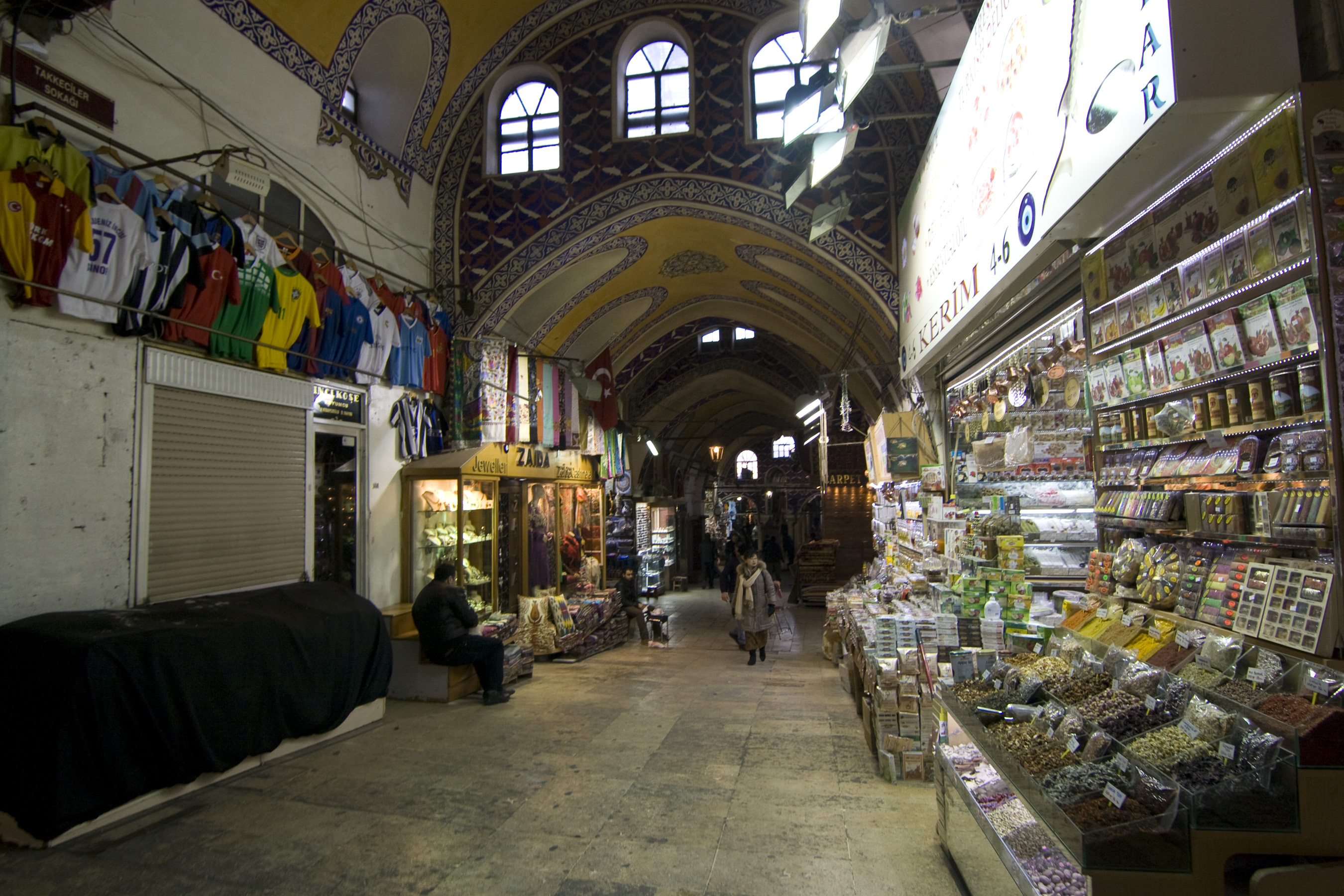|
Counter Display Unit
A counter display unit (CDU) is a retail display unit normally placed on a shop counter to encourage consumer impulse purchases. Description These types of display stands are principally fabricated from printed corrugated board, acrylic, sheet metal, steel wire, vacuum formed plastic and wood or indeed a combination of more than one of these materials. Choice of material is often dictated by the length of time the display unit will be in store. Printed corrugated board is more suited to short-term promotional CDUs due to its relatively low cost and durability of the material, whereas acrylic, metal, wood, etc. are more suitable for longer-term CDU's due to greater durability of those materials. History CDUs have been used in one form or another since at least the 18th century. Over the years, a variety of patents being granted for different designs. See also * Display case A display case (also called showcase, display cabinet, shadow box, or vitrine) is a cabinet with one ... [...More Info...] [...Related Items...] OR: [Wikipedia] [Google] [Baidu] |
Retailing
Retail is the sale of goods and services to consumers, in contrast to wholesaling, which is sale to business or institutional customers. A retailer purchases goods in large quantities from manufacturers, directly or through a wholesaler, and then sells in smaller quantities to consumers for a profit. Retailers are the final link in the supply chain from producers to consumers. Retail markets and shops have a very ancient history, dating back to antiquity. Some of the earliest retailers were itinerant peddlers. Over the centuries, retail shops were transformed from little more than "rude booths" to the sophisticated shopping malls of the modern era. In the digital age, an increasing number of retailers are seeking to reach broader markets by selling through multiple channels, including both bricks and mortar and online retailing. Digital technologies are also affecting the way that consumers pay for goods and services. Retailing support services may also include the provisio ... [...More Info...] [...Related Items...] OR: [Wikipedia] [Google] [Baidu] |
Impulse Purchase
In the field of consumer behavior, an impulse purchase or impulse buying is an unplanned decision by a consumer to buy a product or service, made just before a purchase. One who tends to make such purchases is referred to as an impulse purchaser, impulse buyer, or compulsive buyer. Research findings suggest that emotions, feelings, and attitudes play a decisive role in purchasing, triggered by seeing the product or upon exposure to a well crafted promotional message. History The original definition of an "impulse purchase" was a purchase that unplanned by the consumer that came out of the DuPont ''Consumer Buying Habits Study'' that occurred from 1948 to 1965. The definition of impulse buying was then updated, referring to the intense urge that a consumer feels when they want to buy an item right then, often causing cognitive dissonance for the consumer. This changed the focus of definition from the product to the consumer. From there, it has been expressed that impulse purch ... [...More Info...] [...Related Items...] OR: [Wikipedia] [Google] [Baidu] |
Display Stand
A display stand is an advertising and merchandising tool that has a direct impact on product sales. Artwork or statuary may also have a display stand to hold items securely for viewing. Features From a functional perspective, a display should focus on the consumer's wish to purchase goods and should grab the attention, interest, desire, memory, and a series of mental activities. In addition to color, text, graphics, and other elements of interior design, the display stand embodies the use of POP advertising functions. A display of goods must be met to convey information and the sales functions of goods and should have a personal style and structure design. Important characteristics of a display stand are: appearance, solid structure, easy assembly, fast disassembly and convenient transportation. Display stands are commonly manufactured from corrugated fiberboard, fluted polypropylene (aka corrugated plastic or correx) and acrylic. Corrugated and fluted polypropylene stands can ... [...More Info...] [...Related Items...] OR: [Wikipedia] [Google] [Baidu] |
Display Case
A display case (also called showcase, display cabinet, shadow box, or vitrine) is a cabinet with one or often more transparent tempered glass (or plastic, normally acrylic for strength) surfaces, used to display objects for viewing. A display case may appear in an exhibition, museum, retail store, restaurant, or house. Often, labels are included with the displayed objects, providing information such as description or prices. In a museum, the displayed cultural artifacts are normally part of the museum's collection, or are part of a temporary exhibition. In retail or a restaurant, the items are normally being offered for sale. A trophy case is used to display sports trophies or other awards. Description A display case may be freestanding on the floor, or built-in (usually a custom installation). Built-in displays may be mounted on the wall, may act as room partitions, or may be hung from the ceiling. On occasion, display cases are built into the floor, such as at the Museum ... [...More Info...] [...Related Items...] OR: [Wikipedia] [Google] [Baidu] |
Display Stand
A display stand is an advertising and merchandising tool that has a direct impact on product sales. Artwork or statuary may also have a display stand to hold items securely for viewing. Features From a functional perspective, a display should focus on the consumer's wish to purchase goods and should grab the attention, interest, desire, memory, and a series of mental activities. In addition to color, text, graphics, and other elements of interior design, the display stand embodies the use of POP advertising functions. A display of goods must be met to convey information and the sales functions of goods and should have a personal style and structure design. Important characteristics of a display stand are: appearance, solid structure, easy assembly, fast disassembly and convenient transportation. Display stands are commonly manufactured from corrugated fiberboard, fluted polypropylene (aka corrugated plastic or correx) and acrylic. Corrugated and fluted polypropylene stands can ... [...More Info...] [...Related Items...] OR: [Wikipedia] [Google] [Baidu] |
Merchandising
Merchandising is any practice which contributes to the sale of products to a retail consumer. At a retail in-store level, merchandising refers to displaying products that are for sale in a creative way that entices customers to purchase more items or products. In retail commerce, visual display merchandising means merchandise sales using product design, selection, packaging, pricing, and display that stimulates consumers to spend more. This includes disciplines and discounting, physical presentation of products and displays, and the decisions about which products should be presented to which customers at what time. Often in a retail setting, creatively tying in related products or accessories is a great way to entice consumers to purchase more. Merchandising helps to understand the ordinary dating notation for the terms of payment of an invoice. Codified discounting solves pricing problems including markups and markdowns. It helps to find the net price of an item after sin ... [...More Info...] [...Related Items...] OR: [Wikipedia] [Google] [Baidu] |
Retail Store Elements
Retail is the sale of goods and services to consumers, in contrast to wholesaling, which is sale to business or institutional customers. A retailer purchases goods in large quantities from manufacturers, directly or through a wholesaler, and then sells in smaller quantities to consumers for a profit. Retailers are the final link in the supply chain from producers to consumers. Retail markets and shops have a very ancient history, dating back to antiquity. Some of the earliest retailers were itinerant peddlers. Over the centuries, retail shops were transformed from little more than "rude booths" to the sophisticated shopping malls of the modern era. In the digital age, an increasing number of retailers are seeking to reach broader markets by selling through multiple channels, including both bricks and mortar and online retailing. Digital technologies are also affecting the way that consumers pay for goods and services. Retailing support services may also include the provisio ... [...More Info...] [...Related Items...] OR: [Wikipedia] [Google] [Baidu] |




